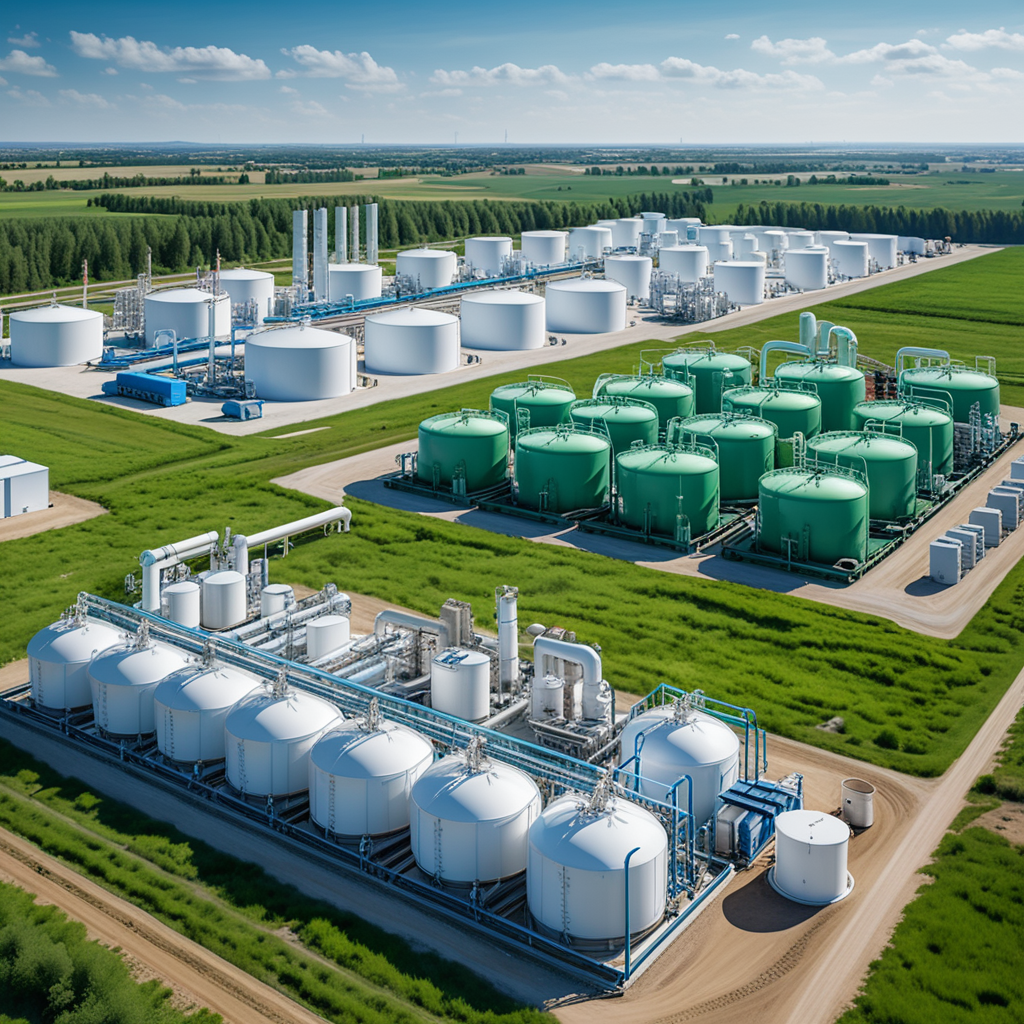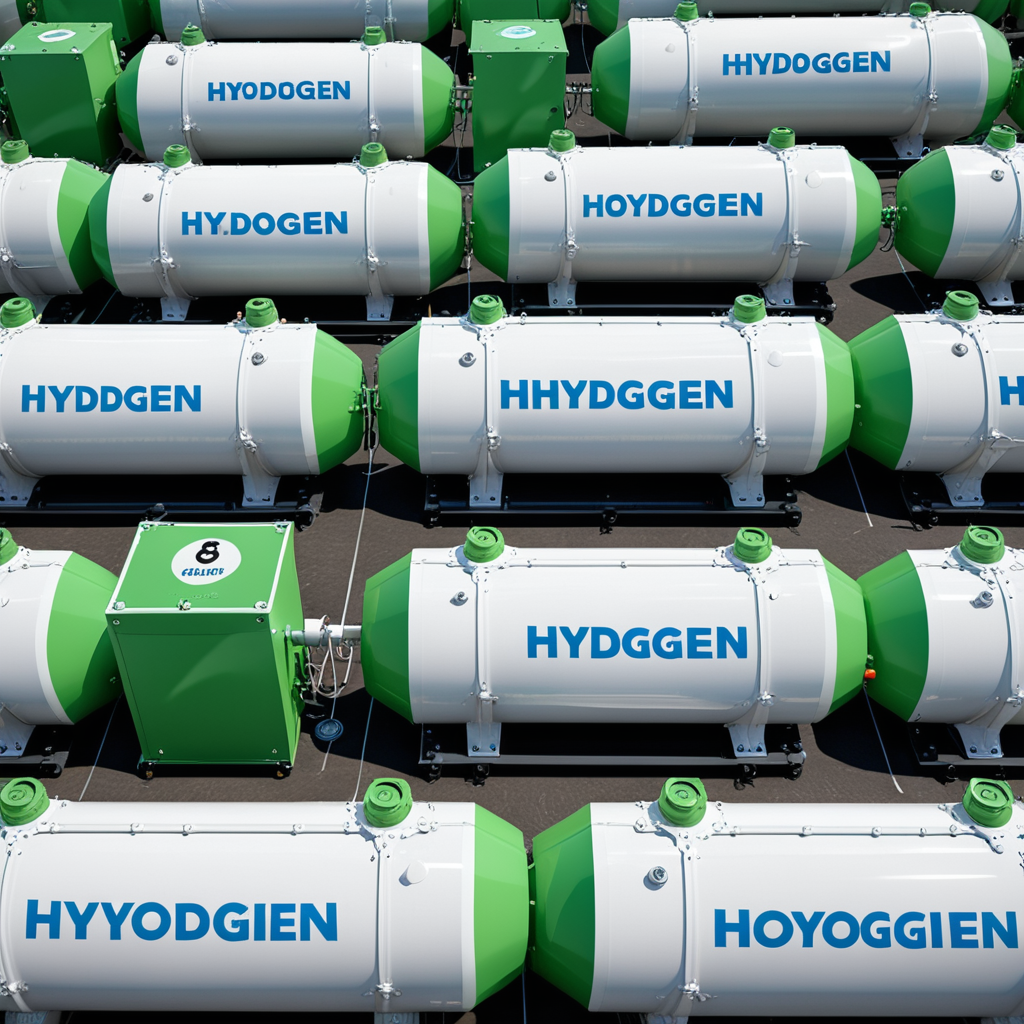Hydrogen Storage
Hydrogen storage is a critical component in the transition to a low-carbon energy future. Our hydrogen storage solutions provide a safe and efficient way to store hydrogen for various applications, including power generation, industrial processes, and transportation.

Types of Hydrogen Storage
We offer several types of hydrogen storage solutions, including:
- Compressed Hydrogen Storage: stores hydrogen in high-pressure tanks, typically up to 700 bar.
- Liquid Hydrogen Storage: stores hydrogen in liquid form at extremely low temperatures, typically around -253°C.
- Hydrogen Absorption and Desorption: uses metal hydrides or other materials to absorb and desorb hydrogen.
- Underground Hydrogen Storage: stores hydrogen in underground caverns or depleted gas fields.

Benefits of Hydrogen Storage
Our hydrogen storage solutions offer several benefits, including:
- Improved energy security: by storing hydrogen, we can reduce our reliance on fossil fuels and improve energy security.
- Increased energy efficiency: hydrogen storage can help to optimize energy use and reduce energy waste.
- Reduced greenhouse gas emissions: by storing hydrogen produced from renewable energy sources, we can reduce greenhouse gas emissions and help to combat climate change.
- Enhanced flexibility: hydrogen storage can provide a buffer against fluctuations in energy demand and supply.
Applications of Hydrogen Storage
Our hydrogen storage solutions have a wide range of applications, including:
- Power generation: hydrogen can be used to generate electricity in power plants, providing a clean and efficient source of energy.
- Industrial processes: hydrogen is used as a feedstock in various industrial processes, such as the production of chemicals and fuels.
- Transportation: hydrogen can be used as a clean and efficient fuel for vehicles, providing a viable alternative to fossil fuels.
- Energy storage: hydrogen can be used to store excess energy generated from renewable sources, providing a buffer against fluctuations in energy demand and supply.
